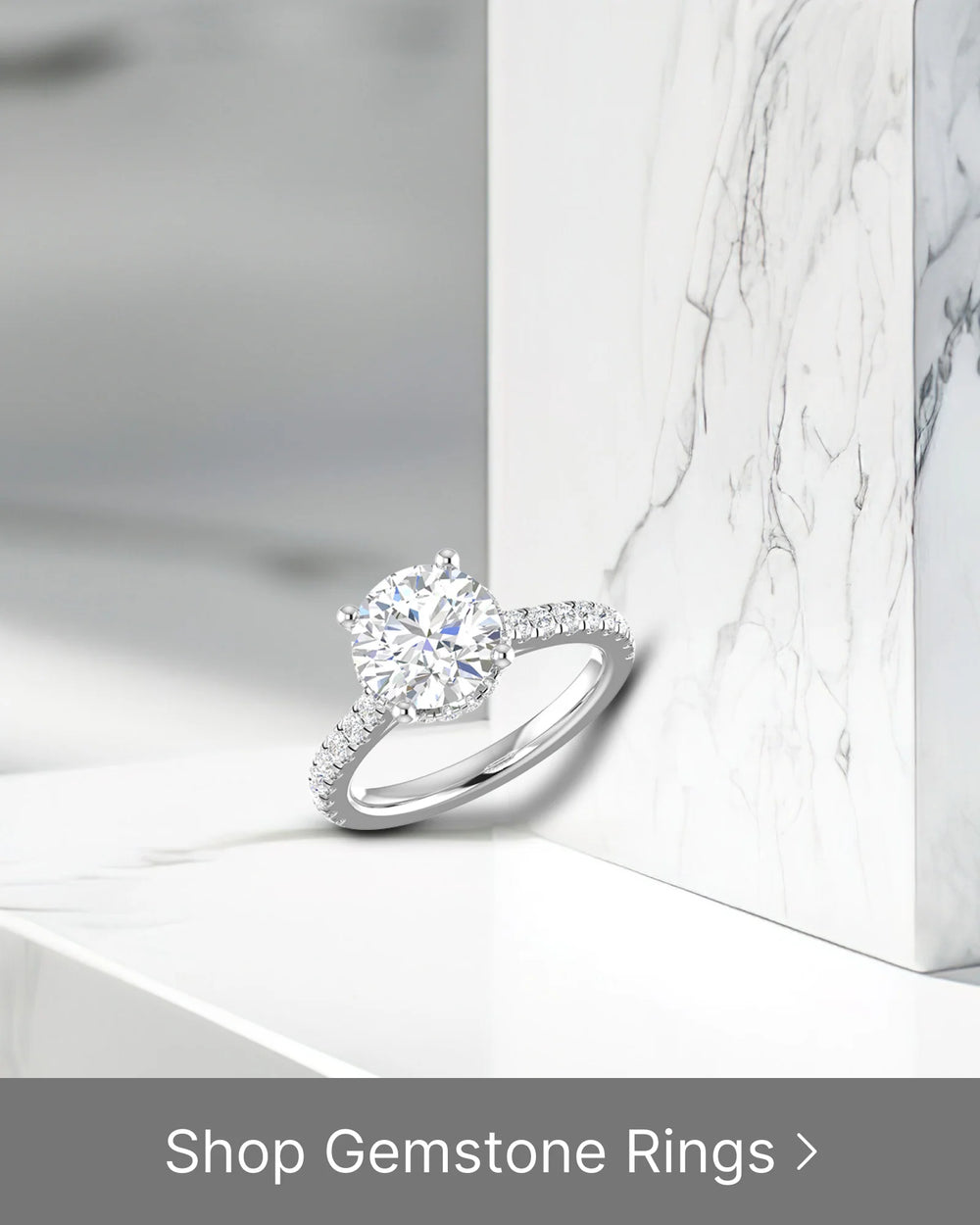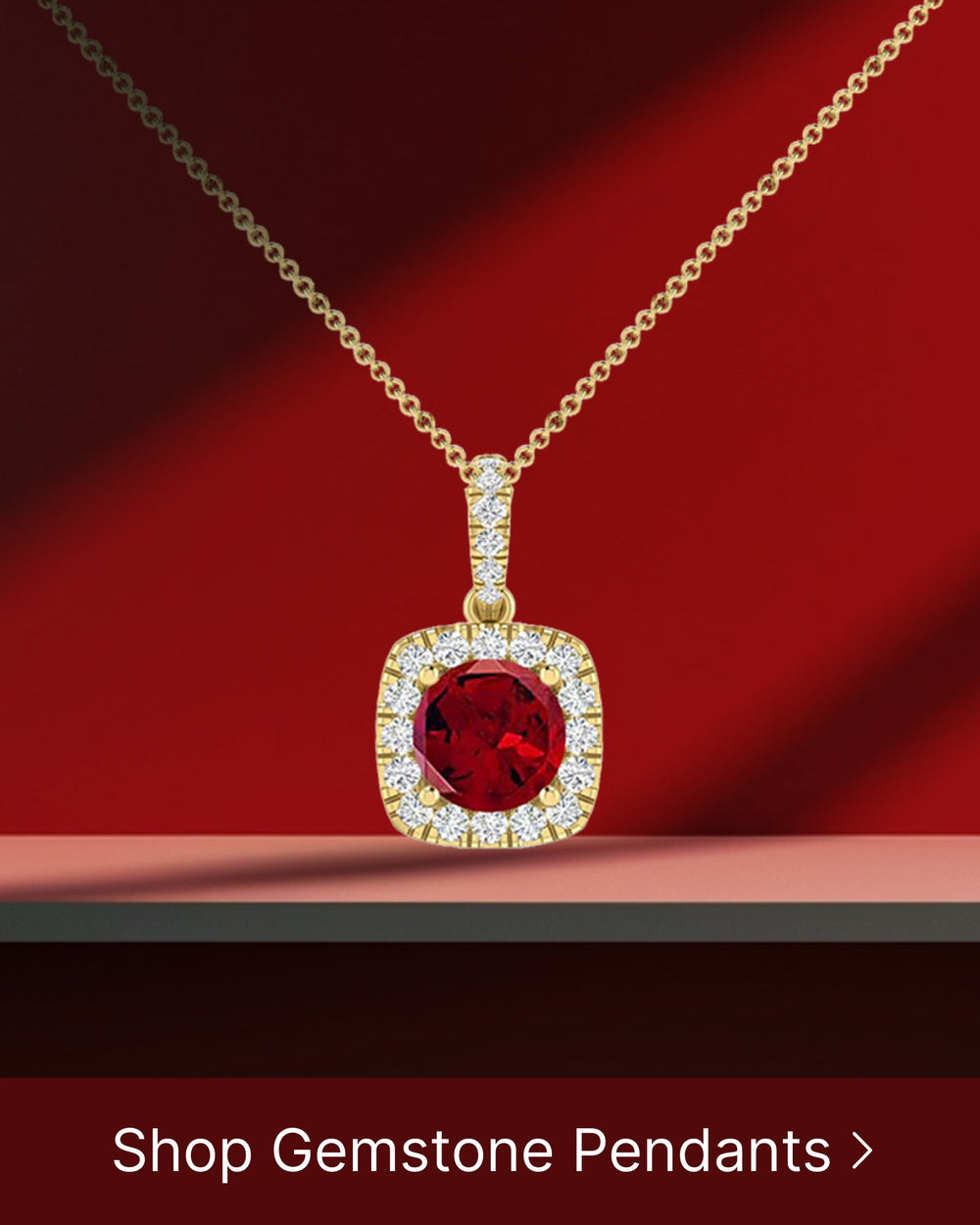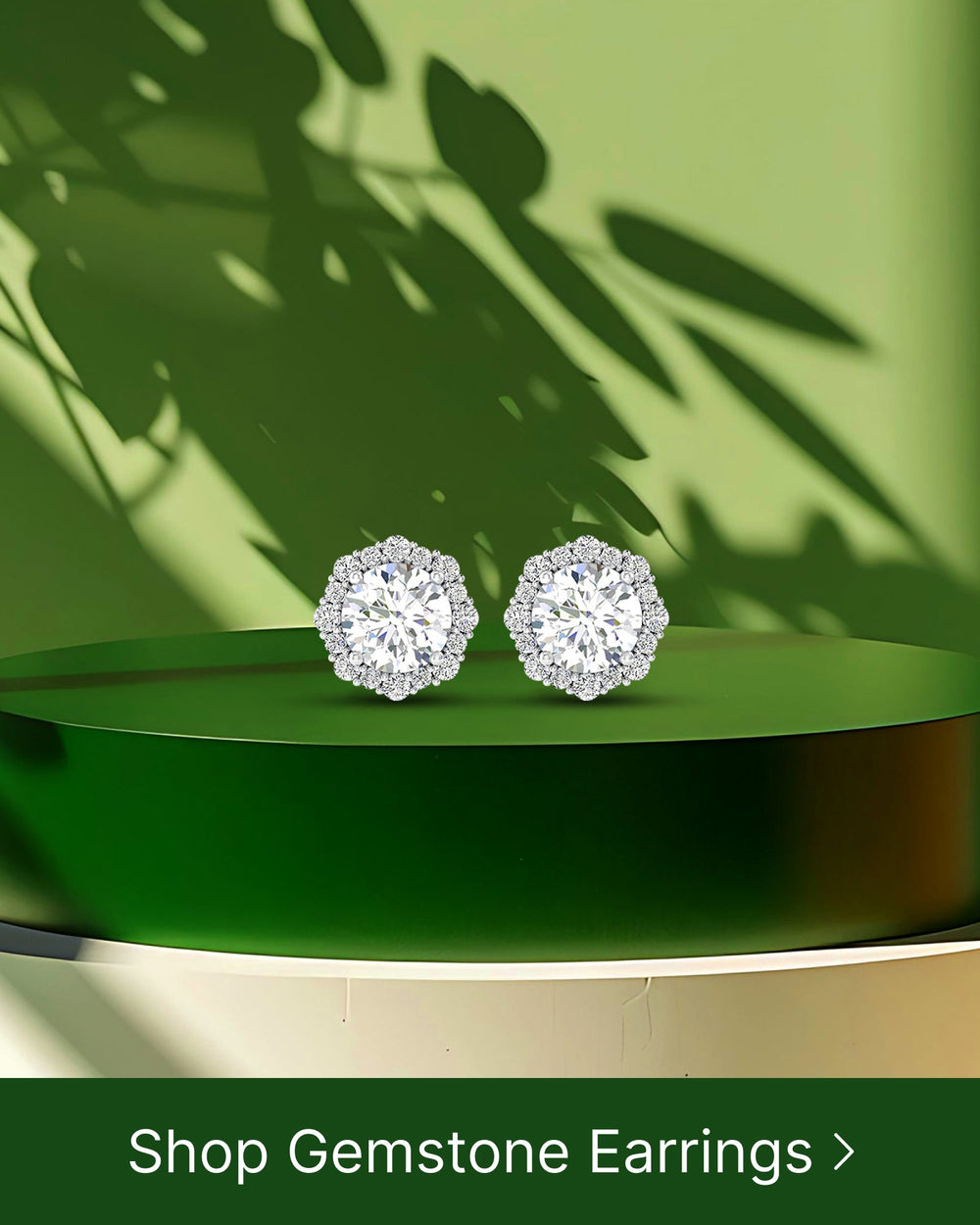Wedding rings have long been regarded as a symbol of love, commitment, and unity between couples. But how did this tradition come to be, and how has it evolved over time? In this article, we will explore the fascinating journey of wedding rings, from their ancient origins to the modern trends that shape them today.
Understanding the Symbolism of Wedding Rings
Before delving into the historical aspects of wedding rings, it is essential to understand the deep symbolism they hold. Wedding rings are circular in shape, representing eternity and never-ending love. The absence of a beginning or an end signifies the everlasting bond between partners. Additionally, the ring finger is believed to have a direct connection to the heart, emphasizing the emotional significance of this piece of jewelry.
When a couple exchanges wedding rings, they are not just exchanging a piece of jewelry; they are exchanging a symbol of their commitment and love for one another. The circular shape of the ring represents the unbreakable bond they share, a bond that will endure through the tests of time. It serves as a constant reminder of the promises made on their wedding day, a tangible symbol of their devotion to each other.
The Origins of Wedding Rings
The tradition of exchanging rings during wedding ceremonies traces its roots back to ancient Egypt, nearly 4,800 years ago. Egyptians believed that the ring, being a circle with no gaps, symbolized the eternal union between the couple. Rings were initially made with simple braided reeds, which were later replaced with more durable materials like leather or bone.
As time went on, the materials used to create wedding rings evolved. In ancient Rome, wedding rings were typically made of iron, signifying strength and permanence. The Romans believed that the ring should be worn on the fourth finger of the left hand because they believed that a vein, known as the "vena amoris" or the "vein of love," ran directly from that finger to the heart. This belief further solidified the connection between the ring and the emotional bond between partners.
As the Roman Empire expanded, the tradition of exchanging rings spread throughout Europe, and the rings themselves became more intricate. Rings were often adorned with gemstones or engraved with symbols representing fidelity and love. The craftsmanship and design of the rings became more elaborate, reflecting the importance placed on the symbol of marriage.
The Role of Wedding Rings in Different Cultures
Beyond ancient Egypt and Rome, wedding rings hold diverse meanings in various cultures around the world. In Eastern cultures like India, China, and Japan, rings are not traditionally used in wedding ceremonies. Instead, other symbolic items, such as bracelets or necklaces, are exchanged between the couple.
In some African cultures, the exchange of wedding rings takes on a unique significance. The groom presents the bride with a trio of rings, each representing a different aspect of their union. One ring symbolizes physical support, another represents spiritual support, and the third signifies emotional support. Each ring is worn on a different finger, symbolizing the different aspects of their relationship and the commitment they have made to one another.
Wedding rings are not just pieces of jewelry; they are powerful symbols that represent love, commitment, and the eternal bond between partners. Whether made of simple braided reeds or adorned with precious gemstones, the significance of the wedding ring transcends time and culture. It is a universal symbol of love that has been cherished and treasured for thousands of years.
The Evolution of Wedding Ring Designs
As societies evolved and civilizations flourished, so did the designs of wedding rings. From simple bands to elaborate works of art, ring designs have reflected the tastes, trends, and social status of their time.
Let's dive deeper into the fascinating history of wedding ring designs and explore how they have evolved over the centuries.
The Shift from Simple to Elaborate Designs
In the Middle Ages, wedding rings often featured intricate filigree work and gemstones, showcasing the wealth and status of the wearer. Kings and nobles flaunted rings adorned with precious gems, while lower classes wore simpler bands.
During the Renaissance, rings became more opulent, with intricate engravings, sculptural details, and symbolic motifs. These ornate designs often incorporated elements like flowers, animals, and portraits, adding a personal touch to the ring.
Imagine a nobleman in the Middle Ages, proudly displaying his wedding ring adorned with a stunning emerald, symbolizing his wealth and power. Or picture a Renaissance bride, wearing a ring with delicate engravings of roses and doves, representing love and fidelity.
The Influence of Social Status on Ring Designs
Throughout history, wedding rings have also served as a symbol of social status. In ancient Greece, rings made from precious metals like gold and silver were worn by the elite, while those from lower social classes opted for rings made from more affordable materials like iron or bronze.
During the Victorian era in England, rings became even more elaborate, adorned with gemstones and pearls. The designs emphasized sentimentality and romance, often featuring intricate engravings and intricate metalwork.
Imagine a wealthy Greek aristocrat, proudly wearing a gold wedding ring, a symbol of his elevated position in society. Or envision a Victorian bride, her finger adorned with a ring embellished with pearls and intricate floral patterns, signifying her romantic ideals.
As we explore the evolution of wedding ring designs, we uncover not only the changing aesthetics but also the stories and values of the people who wore them. Each ring tells a unique tale of love, status, and cultural significance.
From the simplicity of ancient bands to the extravagance of modern designs, wedding rings continue to be a cherished symbol of commitment and love. As time goes on, who knows what new trends and styles will emerge, shaping the future of wedding ring designs?
The Impact of Technological Advancements on Wedding Rings
With the advent of new technologies, the world of wedding rings has experienced a significant transformation. Technological advancements have not only introduced new materials but have also revolutionized the way rings are designed and customized.
The Introduction of New Materials
Traditionally, wedding rings were made from precious metals like gold, silver, and platinum. However, the introduction of alternative materials such as titanium, tungsten, and stainless steel has offered couples more options for their ring choices.
These modern materials boast durability, affordability, and unique aesthetic qualities, appealing to those looking for something different from the traditional gold band.
The Rise of Customization in Ring Design
One of the most significant changes in wedding ring trends is the rising popularity of customization. Couples now have the opportunity to create unique and personalized rings that perfectly reflect their love story and individual styles.
Advancements in computer-aided design (CAD) and three-dimensional printing have made it easier for jewellers to bring their clients' dream rings to life. From incorporating meaningful symbols to engraving personal messages, customization offers endless possibilities for creating one-of-a-kind wedding rings.
The Modern Trends in Wedding Rings
As society continues to evolve, so do the trends in wedding ring designs. Today, couples are embracing non-traditional options and seeking rings that reflect their unique personalities and values.
The Popularity of Non-traditional Wedding Rings
Gone are the days when a simple gold band was the only acceptable choice for a wedding ring. Modern couples are increasingly opting for unconventional materials, such as wood, ceramic, or even silicone.
Stacking rings, which allow wearers to mix and match various bands, have also gained popularity. This trend offers flexibility, allowing couples to create their own combinations and change their look as desired.
Sustainable and Ethical Choices in Wedding Rings
With growing environmental and ethical concerns, many couples are prioritizing sustainable and ethical options when it comes to their wedding rings.
Choosing rings made from ethically sourced metals and conflict-free diamonds or opting for lab-grown diamonds and alternative gemstones are becoming increasingly popular choices. These eco-friendly options align with couples' values and promote responsible practices within the jewelry industry.
The Future of Wedding Rings
As we look towards the future, several trends and innovations are likely to shape the world of wedding rings. The ever-evolving nature of love and marriage will undoubtedly influence the designs and symbolism of this cherished piece of jewelry.
Predicted Trends and Innovations
Experts predict that customizable technology, such as augmented reality (AR) and virtual reality (VR), will play a significant role in designing and shopping for wedding rings. These technologies will allow couples to visualize and try on different ring styles without physically having to visit a store.
Additionally, sustainable and ethical options are expected to further gain popularity. As more consumers prioritize transparency and socially responsible practices, jewelers will continue to explore and offer eco-friendly alternatives.
The Role of Wedding Rings in Modern Marriages
Despite the evolving trends, wedding rings will likely continue to play a central role in modern marriages. The symbolic gesture of exchanging rings not only signifies love and commitment but also serves as a lasting reminder of the vows made on the wedding day.
Furthermore, wedding rings act as a public declaration of one's marital status, representing a lifelong promise to one's partner.
In conclusion, the evolution of wedding rings showcases the ever-changing nature of love, culture, and technology. From ancient traditions to modern trends, this symbol of commitment has stood the test of time, adapting to the needs and preferences of each era. Whether traditional or unconventional, a wedding ring represents the bond between two individuals and is a treasured keepsake that lasts a lifetime.






